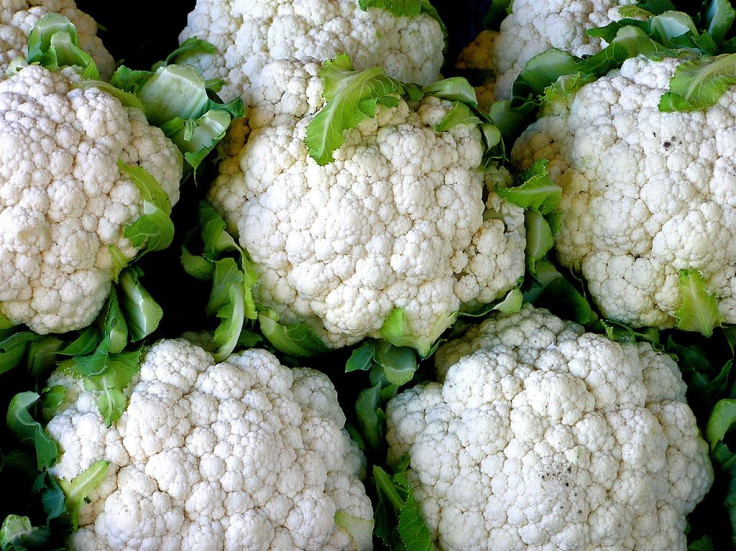Cauliflower Pizza Crust, Potatoes, And More: How To Cook The New 'It' Vegetable

It’s the year of cauliflower — or so several nutrition experts have predicted. A cousin to broccoli, cauliflower is an example of “healthy white food,” Alison Sacks, RD, told The Columbian. White foods are typically refined carbs, which are higher in sugar and lower in fiber; thus, they’re avoided. Think of white-flour pasta and bread.
This isn’t the case when it comes to the cruciferous vegetable. A cup of cauliflower only costs a person 25 calories and 5 grams of carbohydrates, while also providing 3g of fiber, 77 percent of their daily recommended amount of vitamin C, and other healthy nutrients, like antioxidants and choline for brain health. Cauliflower also contains sulforaphane, a compound one study published in Carcinogenesis found inhibited the growth of breast cancer cells. Sulforaphane also improves blood pressure and kidney function.
Better yet, there's no one way to eat this vegetable.
“Cauliflower can do all sorts of culinary tricks ... unlike kale, which doesn’t taste as great to everyone, but became popular through juicing or chopped in raw salads,” Christine Keller, who maps food trends at the CCD Innovation culinary product development agency, told the NY Daily News. “Cauliflower is moving to the center of the plate.”
In addition to being versatile, cauliflower is also convenient. So much of conventional produce is contaminated with pesticides. However, The Environmental Group reported cauliflower is one of the few options with low levels, which means you don’t have to spring the few extra dollars to buy organic (unless it's your preference; you do you).
All you have to do is jot down one (or all!) of these healthy recipes and get cooking.




























